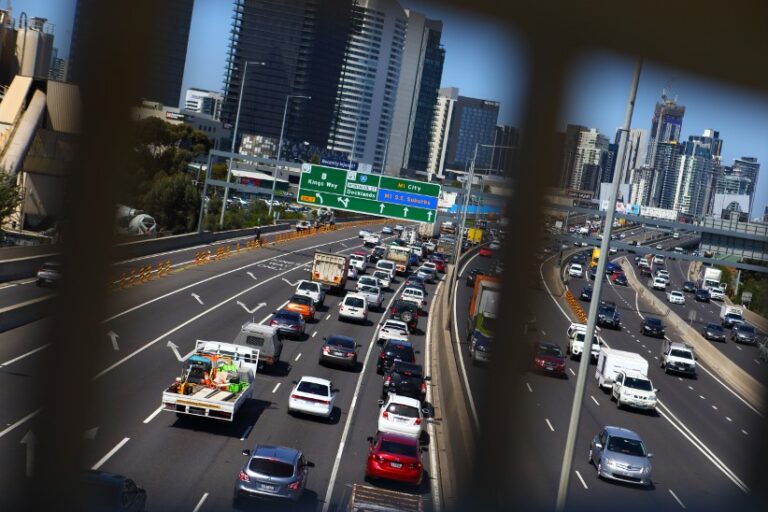– By Caroline Falls –
The independent public policy think tank the Grattan Institute has recommended more widespread introduction of congestion charges for road users, such as that used on the Sydney Harbour crossings, to avoid future gridlock.
Any new tax is controversial and politically unpalatable, but this is one designed to influence decisions by road freight users, fleet operators, and the public about whether and when to drive on certain busy routes and free up those roads for essential trips.
“The Victorian and NSW governments should introduce time-of-day congestion pricing in the most congested central areas of each capital city, charging a low rate at peak periods in return for a freer-flowing road,” The Grattan Institute said in a recent report that studied travel times on certain routes in Sydney and Melbourne. “The cost to drivers should be offset by a discount on vehicle registration, with revenue from the congestion charge earmarked to spending on public transport improvement.”
The institute’s report, titled Stuck in Traffic: Road Congestion in Sydney and Melbourne, is based on a study of some 3.5 million Google Maps trip-time estimates, studying 350 particular routes in Sydney and Melbourne over a six-month period.
The study found that driving into the city in Melbourne’s morning peak takes 80 per cent longer than it would in the middle of the night. In Sydney, the delay is about 70 per cent. The report notes that the populations of Melbourne and Sydney have exploded in the past decade, growing 25 percent and 20 percent respectively.
Increased travel times affect workers trying to get to work on time though the impact on delivery fleets trying to service customers is huge, forcing many industries to redesign their supply chain for the new post Amazon world.
The data showed the worst delays in Melbourne are for commutes from north-eastern suburbs, including Heidelberg, Kew and Doncaster. Key bottlenecks in Sydney included The Spit Bridge and the commute to the CBD from Drummoyne via Balmain.
The routes monitored and highlighted in charts in the study included some of the two cities’ key freight routes. “Freight vehicles are only a small minority of vehicles on the road, but their movement is critical to the economy,” the report said. It showed Sydney freight routes generally more congested than those in Melbourne.
“New city freeways are not the answer,” the report states. “There is a place for new roads, especially in the new suburbs and in areas with major redevelopments, but close to the city centres it is often more effective and always cheaper to invest in smaller-scale engineering and technology improvements such as traffic-light coordination.”
Lead author of the report, Marion Terrill, Transport Program Director at the Grattan Institute, acknowledged discussion about a congestion tax has been around in Australia for a long time and that it was political poison. It’s been canvassed or recommended in other major reports and by other policy leaders going back to at least the 2003 Parry Inquiry. Others that have considered it include the Committee for Sydney, Infrastructure Australia, Infrastructure Victoria, the Harper review, the Henry tax review and the Productivity Commission.
“It’s been talked about a lot,” Terrill told Fleet Auto News, adding, “The difficulty is politically it’s viewed as poison. It’s a great idea but the practicalities of it are difficult.”
A congestion tax has been successfully implemented in other world cities including London, Milan, Stockholm and Singapore.
The way a congestion tax works is that it incentivises people who can make their trips outside of peak times. They wouldn’t have to pay and that would mean fewer vehicles and a freeing up on the road for quicker and more reliable trips for those people who do pay the congestion charge.
To be sure, a congestion tax in Australia isn’t new. The Sydney Harbour Bridge and Tunnel have what the NSW Road and Maritime Service calls time-of-day tolling so that users crossing the harbour in the peak hours between 6:30 am and 9:30 am pay $4, compared with $2.50 a crossing between 7pm and 6:30 am.






